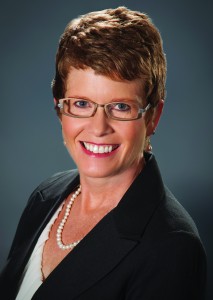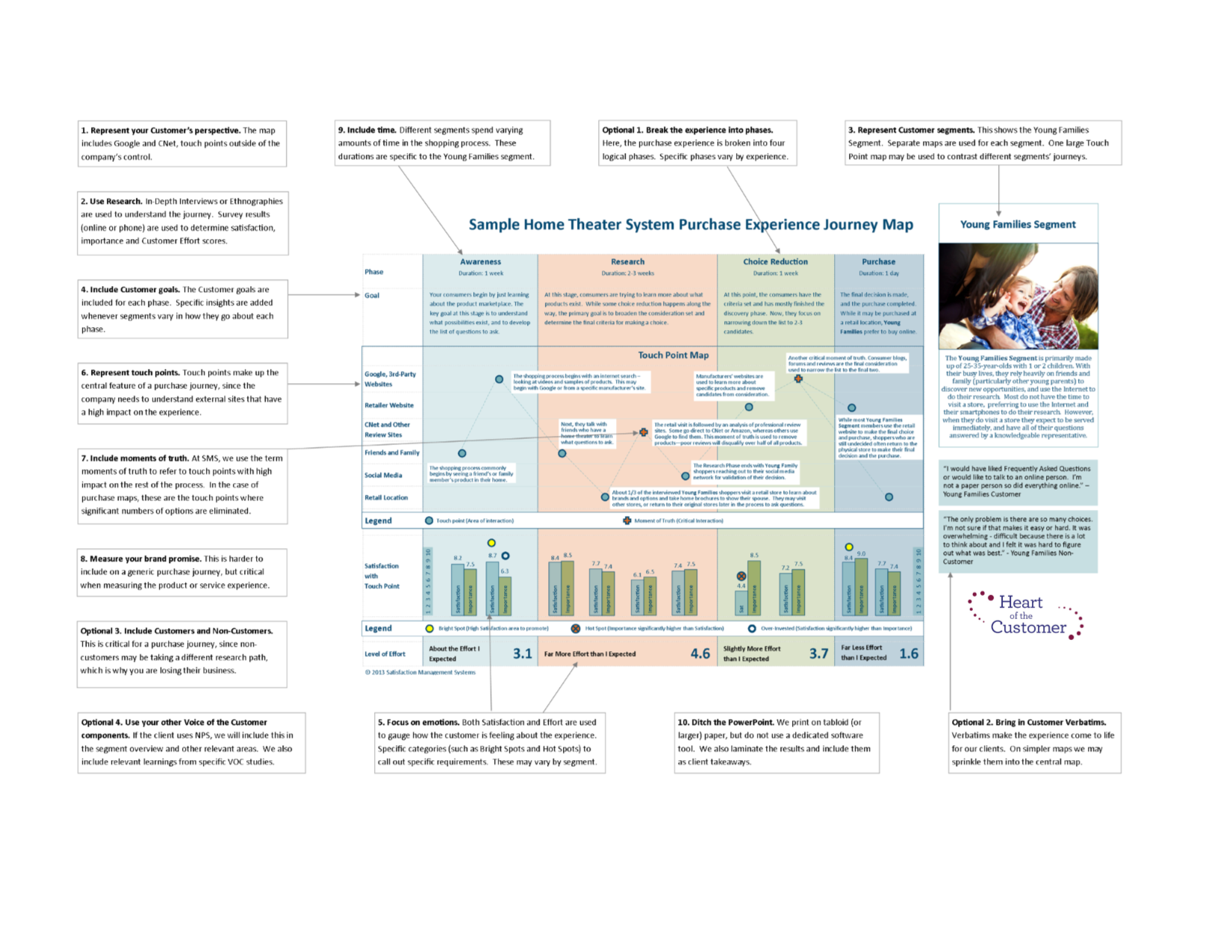ABOUT THE AUTHOR

Kerry Patterson is coauthor of four New York Times bestsellers, Crucial Conversations, Crucial Accountability, Influencer, and Change Anything.
READ MORE

Listen to Kerrying On via MP3
Listen to Kerrying On via iTunes
As a boy, I loved to watch Father Knows Best, a TV program showcasing your typical sitcom family of the 50s. One of the more memorable episodes involves a short-wave radio that teenager Bud is refurbishing. When he finally gets the contraption working, he finds himself listening to a conversation between two boats located over a thousand miles away. The signal is bouncing off the ionosphere—making him privy to a conversation between the “Betty Anne,” a 34-foot cabin cruiser and other vessels nearby.
Soon, the entire Anderson family is drawn into the action as the Allen family aboard the Betty Anne heads into a horrible storm. The Allen’s think the turn in the weather is nothing more than a rainsquall. The Coast Guard sounds a warning of an impending storm. But the two parties can’t hear each other due to local interference.
The Andersons, beneficiaries of the signal bounce, can easily hear everyone involved and can’t figure out why someone doesn’t help the Betty Anne or radio the Coast Guard. As the Allens are about to be tossed into the violent sea, the Andersons anguish over their inability to offer help.
Completely pulled into the teleplay, I shouted into the TV: “Call the Coast Guard! You know the Betty Anne is about to capsize five miles off Shark Island. You can save the Allens! Just make a phone call!”
Finally, after ten minutes of tortuous inaction from the Andersons and constant coaxing from me, Mr. Anderson realizes that he can phone the Coast Guard. He makes the call, saves the Allen family, and I stop yelling at the TV.
I walked away from that teleplay vowing that if I were ever in a position where I could spot an upcoming disaster (one that I could foresee but others couldn’t) I’d shout out a warning. Today, I feel as if I’m watching just such an impending disaster, so please allow me to offer up a warning.
As you observe young people working their way through school, you can’t help but take notice as they approach certain critical junctures. Early on, they decide whether school is their thing or not. They decide whether grades and studying is their thing or not. And finally, they decide whether math, science, literature, art, or philosophy is their thing or not.
There was a time when the subject you chose to master at school, or for that matter, how many years you attended, didn’t exactly seal your financial destiny. When I was young, there were a variety of jobs available for people who barely limped through high school. Manufacturing positions paid good money and offered a solid career path to individuals who were willing to roll up their sleeves and get dirty. In fact, blue-collar positions paid, on average, more than white-collar ones. The joke at the time was that factory workers made more than lawyers. Advanced education seemed more of a luxury than a strategic choice.
Circumstances have changed to the point where the data are now crystal clear. While we still have a strong manufacturing core, contemporary firms produce high-tech, high-cost items, built by people who’ve done well in school and have had plenty of it. As a result, on average, American employees make more money with each year they spend in school—all the way through a PhD.
So, when youngsters say, “You know, school isn’t my thing.” It’s our job to let them know of the disaster that might lie just beyond the horizon. It’s our responsibility to explain that when they distance themselves from school, they might be choosing a job pool and income level they won’t like—and it could last their entire life.
In a similar vein, when a youngster says, “I know that school matters, but it isn’t easy for me. I don’t test well. Grades aren’t my thing,” alarms should go off in your head. Grades matter a great deal and according to recent research, most people can learn to get good grades if they’re taught how to study. Learning how to learn doesn’t call for rocket science.
I’ll never forget the day I graduated from high school and our friend Harry Roller sat me down and prepared me for college by teaching me how to succeed in school. He told me to go to every class and do every assignment. You read the reading assignment beforehand. You leave class and head straight to a quiet place in the library where you don’t study with noisy friends. Instead, you sit down in that quiet spot, review your notes, and prepare for your next class.
Reading is a science in itself. You take a short walking break after fifteen minutes. At thirty minutes you take a three-minute break. At sixty minutes, a five-minute break. You start a chapter by reading the questions at the end and pouring over the headings, charts, and models, then you read the chapter. And so forth.
We know how to maximize learning. It’s not a mystery. So when young people say grades aren’t their thing, teach them how to earn good grades by helping them improve their study techniques. It’s hard to imagine an investment that has a greater rate of return than learning how to learn.
And now for the final danger sign. Say your kids agree that both school and grades matter. Unfortunately, they find math and science to be puzzling. It’s not long until they explain that they don’t like math. Eventually they suggest that they don’t “do” math. After all, they aren’t nerds. With time, they come to frame their disdain for all things quantitative as an asset—sure they’re bad at math, but hey, they have social skills that give them an advantage.
For others, math and technology is their thing and they see literature, art, and the like as weak and without scientific underpinnings.
While it’s wonderful to find a passion, it’s sad when young people turn this love for one field as a reason for not exploring others. Not only does this narrow framing cut them off from important parts of life, it makes them vulnerable.
I used to sit on the admissions committee of a popular master’s program. Demand far exceeded supply so we could only accept a fraction of the applicants. About once a year, one of the local candidates who had been turned down would corner me in the hallway and plead his or her case.
“I scored nearly perfectly in the verbal section of the qualifying exam and I won two writing awards. Sure my quantitative score was only average, but my verbal skills more than make up for it.” Or: “Did you see my quantitative score? I’m a gifted scientist. Sure, my verbal score wasn’t all that great but . . .”
You can see where this is going. I would point out that the students who were accepted scored high in both areas of the test. To be admitted, you have to be able to play with both sets of blocks. It was sad to watch these eager applicants as they realized for the first time that doing well in only one domain simply wasn’t enough to earn them a place on the roster.
Of course, all of us are acquainted with people who’ve found ways to work in careers they love, and some of them earn a good living. There are always thousands of exceptions to the rule. Nevertheless, I believe it’s important to let your young family members and friends know the impact of school, grades, study methods, and a balanced skill set.
We’ve looked out into the future and like the Anderson family, have observed what could easily be an impending disaster. It doesn’t involve boats heading into a storm; nevertheless it could be disastrous just the same. Allow the next generation of youngsters to dismiss the importance of school, disregard grades, and turn up their noses at whole branches of knowledge and they may face a tumultuous future. I feel it’s my duty to sound a warning.

 Gallagher Securities is the capital markets and insurance-linked securities (ILS) arm of Gallagher Re, providing structuring, arrangement and broker-dealer services such as bookrunning, for ILS and catastrophe bonds, among other instruments.
Gallagher Securities is the capital markets and insurance-linked securities (ILS) arm of Gallagher Re, providing structuring, arrangement and broker-dealer services such as bookrunning, for ILS and catastrophe bonds, among other instruments.













